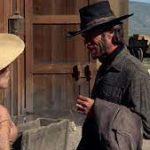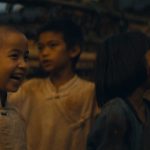🎬 Kokoda (2006)
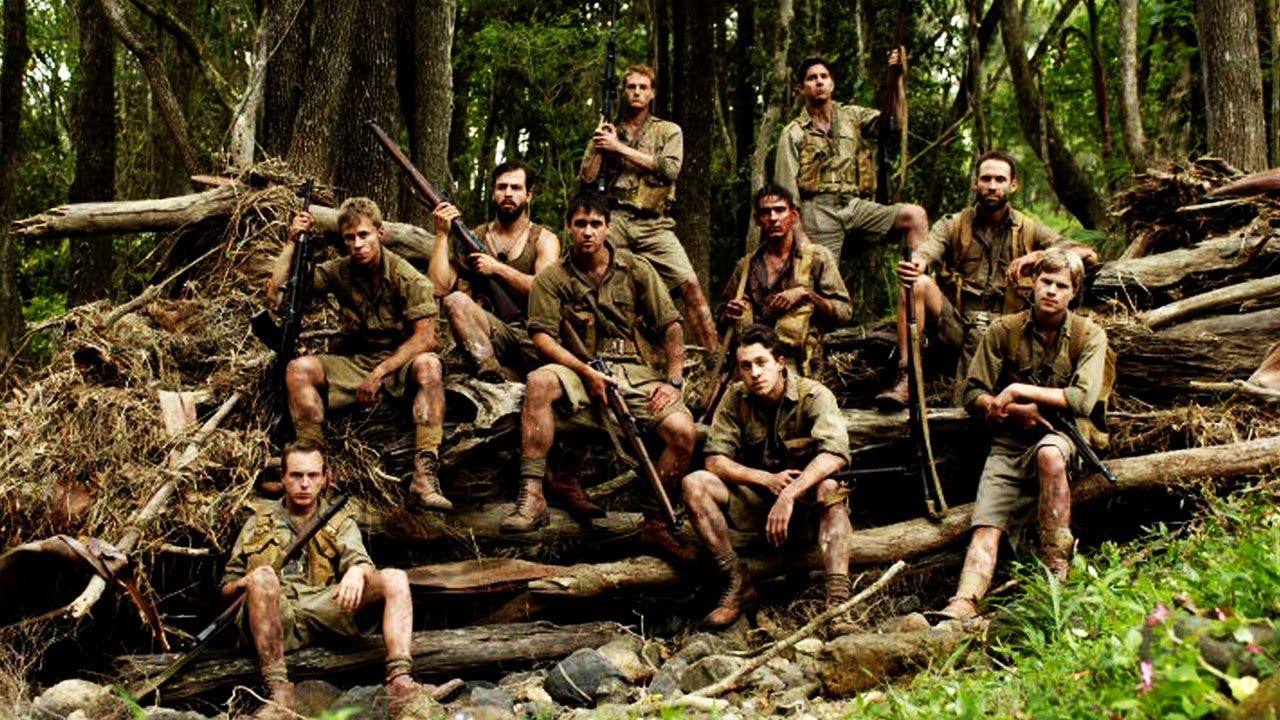
Kokoda (2006) Movie Review: A Heart-Wrenching Tale of the Brutality of War
Introduction: A Powerful Australian War Film Based on True Events
Kokoda (2006), directed by Alister Grierson, is a poignant and intense Australian war film that chronicles one of the most significant battles fought during World War II: the Battle of Kokoda. Set in the unforgiving jungles of Papua New Guinea, the film follows a group of Australian soldiers as they fight to defend the strategic Kokoda Trail against the advancing Japanese forces. Through its brutal and immersive portrayal of war, Kokoda stands as a testament to the resilience, bravery, and sacrifice of the soldiers who fought in one of the most harrowing campaigns of the Pacific War.
The Battle of Kokoda, which took place in 1942, was a pivotal moment in the Pacific theater of World War II. As the Japanese army advanced towards Port Moresby, the Australians were tasked with holding the Kokoda Trail, a narrow and treacherous mountain pass that was crucial for the defense of New Guinea. The soldiers faced not only the relentless Japanese forces but also the harsh jungle environment, which claimed the lives of many. Kokoda captures the human cost of this brutal campaign and offers a glimpse into the physical and emotional toll of warfare.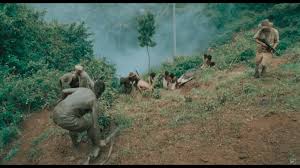
Plot Summary: A Grueling Fight for Survival
The film begins with a group of young Australian soldiers who are sent to the Kokoda Trail to defend against the advancing Japanese army. The soldiers, many of whom are inexperienced and unprepared for the brutal conditions of the jungle, quickly realize that the battle they are about to face will be unlike anything they have ever encountered. As they march through the dense jungle, the soldiers endure exhaustion, disease, and the constant threat of attack from the Japanese forces. The harsh terrain, combined with the psychological strain of constant danger, tests the limits of their endurance and camaraderie.
The soldiers must also contend with the intense emotional toll of war. As the battle rages on, they experience the loss of comrades, the fear of death, and the overwhelming sense of isolation in the jungle. The psychological trauma of war is portrayed with sensitivity, showing how the soldiers’ mental and emotional states deteriorate under the relentless pressure of the conflict. The film emphasizes the mental endurance required to survive in such conditions, as the soldiers are pushed to the brink of physical and emotional collapse.
As the story unfolds, the soldiers are confronted with increasingly dire circumstances. The Japanese forces, though initially underestimated, prove to be a formidable adversary, and the Australians are forced to retreat and regroup multiple times. The film’s battle sequences are intense and visceral, capturing the chaos and brutality of jungle warfare. The soldiers’ struggle to hold their ground is portrayed in stark, unrelenting terms, as they fight not just the enemy but also the unforgiving environment.
The climactic battle sees the soldiers making a final stand against the Japanese forces. Despite the overwhelming odds, they refuse to surrender, determined to hold the Kokoda Trail at all costs. The sacrifice and courage displayed by the soldiers in the face of near-certain death are both heartbreaking and inspiring. In the end, the survivors of the battle are left scarred, physically and emotionally, but their determination and bravery remain a testament to the human spirit.
Character Development: A Journey from Innocence to Loss
One of the standout features of Kokoda is its focus on character development. The film introduces a diverse group of soldiers, each with their own motivations, backgrounds, and personal struggles. Through their interactions and experiences, the film explores themes of fear, bravery, and the human cost of war.
The protagonist, Private Clarry, played by actor Geoffrey Rush, is a young and idealistic soldier who begins the war with a sense of duty and patriotism. As the battle progresses, however, Clarry is forced to confront the harsh realities of war. The innocence he once held is shattered as he witnesses the loss of his comrades and faces the ever-present threat of death. Clarry’s character arc is one of transformation, as he goes from a naïve soldier to a battle-hardened veteran. His emotional journey is a powerful reflection of the toll that war takes on the human psyche.
Lieutenant Gorman, the commanding officer of the group, is another key character in the film. He starts as a professional and confident leader but quickly becomes overwhelmed by the pressure and chaos of the battlefield. Gorman’s struggle to maintain his composure and guide his men through the war highlights the emotional burden of leadership in combat. His internal conflict between his duty to his men and his fear of failure adds depth to his character and underscores the personal sacrifices made by those in command.
The supporting characters in Kokoda are equally well-developed, each bringing their own unique perspectives to the film. From the seasoned soldiers who have seen combat before to the inexperienced recruits who are thrust into the battle, the film captures the diverse range of emotions and experiences that come with warfare. The relationships between the soldiers evolve throughout the film, with moments of camaraderie and tension as they struggle to survive in the jungle. The emotional depth of these relationships makes the eventual losses all the more impactful, as the audience becomes invested in the fates of the characters.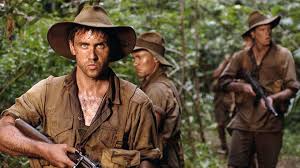
Cinematography: Capturing the Beauty and Horror of the Jungle
The cinematography in Kokoda is one of the film’s most striking features. Shot by David Franco, the film beautifully captures the natural beauty of the Papua New Guinea jungle, while also emphasizing the harshness and danger of the environment. The dense foliage, the towering trees, and the constant rainfall create an oppressive atmosphere that mirrors the soldiers’ struggles. The jungle is both a stunning and terrifying backdrop for the events of the film, and the cinematography captures the eerie sense of isolation that the soldiers experience.
The film’s battle sequences are shot with a sense of urgency and realism, using handheld cameras and tight framing to immerse the audience in the action. The chaotic and disorienting nature of combat is conveyed through quick cuts and intense close-ups, allowing the viewer to feel the soldiers’ fear and desperation. The sound design complements the cinematography, with the sounds of gunfire, explosions, and jungle noises adding to the sense of immersion. The film’s visual style creates a visceral experience that pulls the audience into the heart of the battle.
The lighting in Kokoda is also noteworthy, with the natural light of the jungle often contrasted with the dark, oppressive shadows of the soldiers’ fear and exhaustion. The interplay between light and darkness reflects the emotional journey of the characters, from moments of hope and determination to the despair and trauma of war. The cinematography reinforces the film’s themes of survival, sacrifice, and the emotional toll of war.
Historical Accuracy: A True Representation of the Kokoda Campaign
Kokoda is a historically accurate depiction of the Battle of Kokoda, one of the most crucial campaigns fought by Australian soldiers during World War II. The film stays true to the events of the battle, showcasing the grueling conditions of the Kokoda Trail and the challenges faced by the soldiers. The harsh terrain, the constant threat of ambushes, and the deadly diseases that plagued the soldiers are all portrayed with authenticity.
The film also highlights the strategic importance of the battle, as the Kokoda Trail was a vital route for the defense of Port Moresby and the rest of Papua New Guinea. The Japanese forces were determined to capture the trail, but the Australian soldiers, despite being outnumbered and under-equipped, managed to hold their ground and prevent the Japanese from advancing. The battle was a turning point in the Pacific War, and the film does an excellent job of conveying the bravery and sacrifice of the Australian soldiers who fought there.
While the film does take some dramatic liberties for narrative purposes, it remains largely faithful to the historical events and the experiences of the soldiers who fought in the battle. The emotional and physical toll of the conflict is depicted with sensitivity, highlighting the human cost of war without glorifying the violence or heroism.
Themes: The Costs of War, Sacrifice, and Brotherhood
At its core, Kokoda is a film about the costs of war and the sacrifices made by those who fight in it. The soldiers in the film are not portrayed as heroes, but as ordinary men who are thrust into extraordinary circumstances. The film does not shy away from showing the brutality and hardship of war, emphasizing the emotional and psychological toll that it takes on the soldiers.
Sacrifice is another central theme of the film. The soldiers in Kokoda are forced to make difficult choices, often at the cost of their own lives or the lives of their comrades. The sense of brotherhood that forms between the soldiers is one of the film’s most powerful elements, as they rely on each other for survival and emotional support. The bonds formed in the face of death are a testament to the human capacity for resilience and solidarity, even in the most dire of circumstances.
Conclusion: A Haunting and Emotionally Powerful War Film
Kokoda (2006) is a powerful and emotionally charged war film that offers a raw and unflinching look at the Battle of Kokoda and the sacrifices made by the Australian soldiers who fought there. With strong performances, stunning cinematography, and a deeply human story, the film captures the horrors of war while also celebrating the bravery and brotherhood of the soldiers who fought in it. It is a film that resonates long after the credits roll, leaving the audience with a profound sense of the costs of war and the strength of the human spirit.






